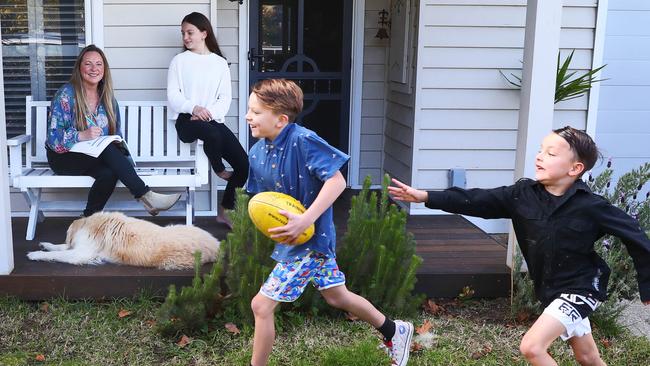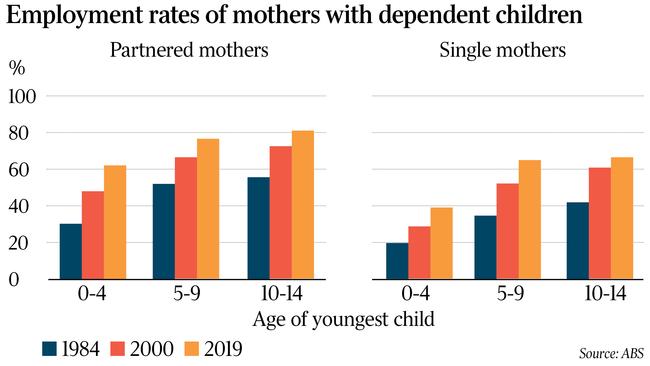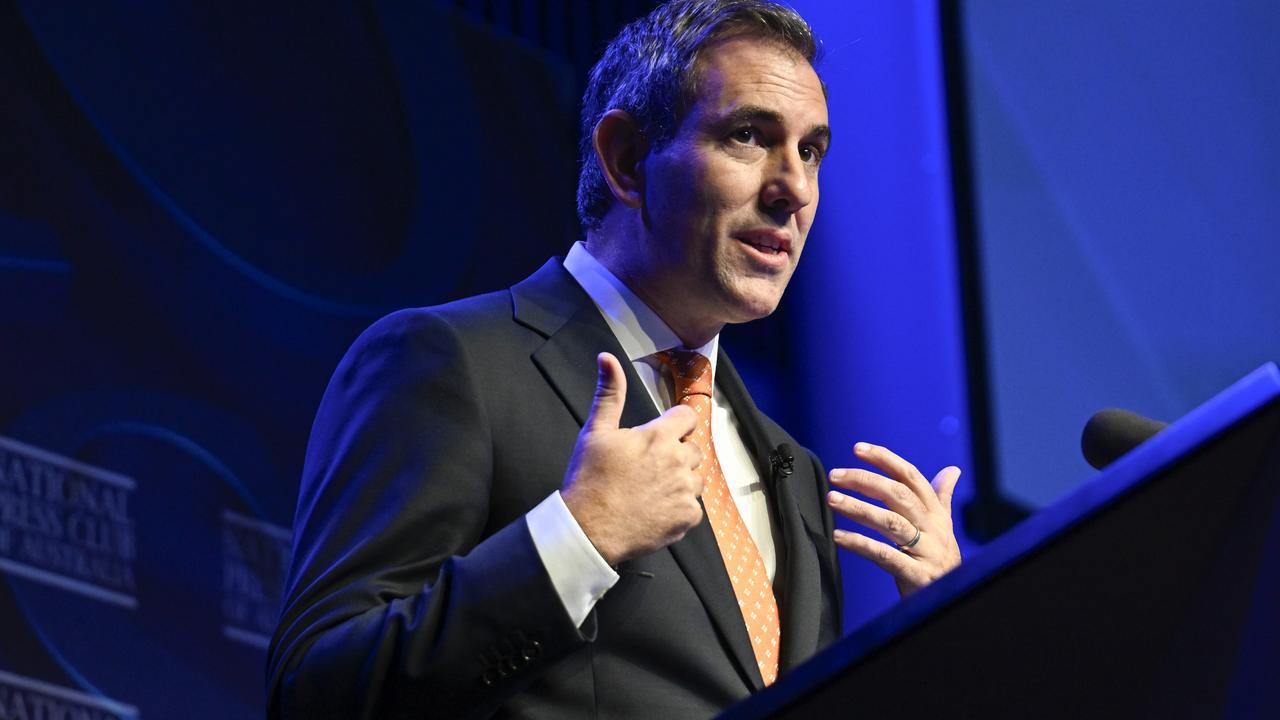More mums working but gender pay gap persists
Australia has changed a lot since 1980, especially with so many more women working, but pay packets are still very different depending on your gender.

In 1980, Split Enz’s I Got You was vying with The Vapours’ Turning Japanese for biggest hit single in Australia, while our own Olivia Newton-John’s Physical was top of the US billboard charts.
A lot has changed in 40 years, yet some things remain stubbornly the same.
More mothers are working and we are wealthier on average yet the gender pay gap has ticked down only a little, and after an initial spike in the numbers of stay-at-home fathers up to the end of the millennium, momentum has stalled.
The Australian Institute of Family Studies’ latest report, Families Then and Now, maps key changes in the nation’s households over the past 40 years, the most significant being the return to work of mothers.
For partnered mothers whose youngest child was under five, the employment rate more than doubled from 30 per cent in 1984 to 63 per cent in 2019, while for single mothers with a youngest child the same age, the rate lifted from 19 per cent to 39 per cent, the report finds.
Better access to part-time jobs, more readily available childcare and greater societal acceptance of working mothers had fuelled the social change, AIFS director Anne Hollonds said.
But she called out the continuing pay disparity between men and women. “In 1981, the gender pay gap was 23 per cent, compared to 17 per cent at the end of 2019. There’s been some progress towards equal pay for women, but not much,” Ms Hollonds said.
The report finds that while the percentage of stay-at-home dads increased relatively quickly between 1981 (1.9 per cent) to 2001 (4.5 per cent), it virtually stagnated over the past two decades, and on the latest figures is 4.6 per cent.
The proportion of fathers (in two-parent households) working part-time had increased only marginally in a generation, from 6 per cent in 1991 to 10 per cent in 2016.

“This suggests that while the number of mothers in the workforce has grown substantially in the last 40 years, household dynamics haven’t changed nearly as much,” Ms Hollonds said.
“Mums are still much more likely to be the primary caregivers for children.”
Melbourne mother of three Niki Rogers knows the roller coaster ride of being a working mother. Her career in the fashion industry was full on and financially rewarding, and then the first of her children came along. “I worked throughout my three pregnancies, but not full-time, in the education sector doing editing work.”
Ms Rogers, 48, hasn’t worked since the birth of her youngest child Sam, 6, and is currently studying education support at Victoria University. “I’m doing it to get a job. Education is an industry that I think can work around having three children.
“I know the wage I was on in my late 20s and 30s isn’t on my radar any more, but I’ve come to the realisation that I want to do something, and I think this will work in best with all the other responsibilities I have,” she said.
The AIFS report notes high property prices and superannuation balances have fuelled average household net worth in Australia to past the $1m mark, yet men still hold a greater proportion of the wealth.
Women are still more than twice as likely to be engaged in part-time employment as men.




To join the conversation, please log in. Don't have an account? Register
Join the conversation, you are commenting as Logout